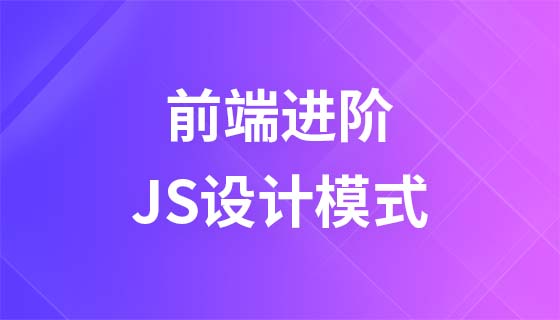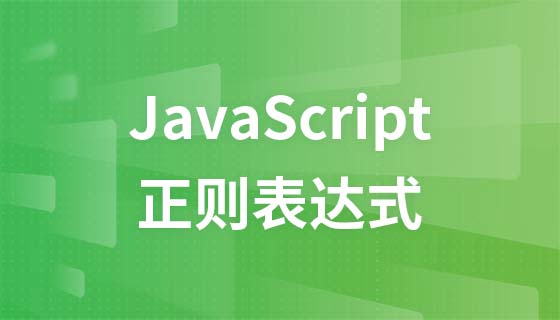接口和抽象类在 Java 注解中的应用
时间:2024-05-02 11:31:33 313浏览 收藏
哈喽!大家好,很高兴又见面了,我是golang学习网的一名作者,今天由我给大家带来一篇《接口和抽象类在 Java 注解中的应用》,本文主要会讲到等等知识点,希望大家一起学习进步,也欢迎大家关注、点赞、收藏、转发! 下面就一起来看看吧!
注解可在 Java 中通过接口或抽象类定义,提供类、方法或域的元数据。接口作为注解类型:实现 java.lang.annotation.Annotation 接口,如:@MyAnnotation("Hello, world!")抽象类作为注解类型:扩展 java.lang.annotation.Annotation 抽象类,如:@MyAnnotation(value="Hello, world!")实战案例:使用注解验证方法参数,例如:@NotNull,用于检查参数是否非空,否则抛出异常。

注解中的接口和抽象类
注解在 Java 中用于向编译器提供有关类、方法和域的元数据。接口和抽象类可以用作注解类型,让你可以定义注解的特定约束。
接口作为注解类型
接口可以作为注解类型,通过实现 java.lang.annotation.Annotation 接口。例如:
public @interface MyAnnotation {
String value();
}使用这个注解:
@MyAnnotation("Hello, world!")
public class MyClass {}抽象类作为注解类型
抽象类也可以作为注解类型,通过扩展 java.lang.annotation.Annotation 抽象类。例如:
public abstract @interface MyAnnotation {
String value();
}使用这个注解:
@MyAnnotation(value="Hello, world!")
public class MyClass {}实战案例
在以下实战案例中,我们将使用注解来验证方法参数:
import java.lang.annotation.ElementType;
import java.lang.annotation.Retention;
import java.lang.annotation.RetentionPolicy;
import java.lang.annotation.Target;
@Retention(RetentionPolicy.RUNTIME)
@Target(ElementType.PARAMETER)
public @interface NotNull {
}
public class MyClass {
public void myMethod(@NotNull String param) {
// 验证参数 non-null
if (param == null) {
throw new IllegalArgumentException("参数不能为空!");
}
// 使用参数...
}
}使用这个注解:
public class Client {
public static void main(String[] args) {
MyClass myClass = new MyClass();
myClass.myMethod("Hello, world!");
}
}运行这段代码会抛出 IllegalArgumentException,因为 myMethod 方法的参数未提供非空值。
以上就是《接口和抽象类在 Java 注解中的应用》的详细内容,更多关于java,注解的资料请关注golang学习网公众号!
-
501 收藏
-
501 收藏
-
501 收藏
-
501 收藏
-
501 收藏
-
222 收藏
-
497 收藏
-
190 收藏
-
345 收藏
-
296 收藏
-
309 收藏
-
166 收藏
-
434 收藏
-
199 收藏
-
501 收藏
-
207 收藏
-
389 收藏
-

- 前端进阶之JavaScript设计模式
- 设计模式是开发人员在软件开发过程中面临一般问题时的解决方案,代表了最佳的实践。本课程的主打内容包括JS常见设计模式以及具体应用场景,打造一站式知识长龙服务,适合有JS基础的同学学习。
- 立即学习 543次学习
-

- GO语言核心编程课程
- 本课程采用真实案例,全面具体可落地,从理论到实践,一步一步将GO核心编程技术、编程思想、底层实现融会贯通,使学习者贴近时代脉搏,做IT互联网时代的弄潮儿。
- 立即学习 516次学习
-

- 简单聊聊mysql8与网络通信
- 如有问题加微信:Le-studyg;在课程中,我们将首先介绍MySQL8的新特性,包括性能优化、安全增强、新数据类型等,帮助学生快速熟悉MySQL8的最新功能。接着,我们将深入解析MySQL的网络通信机制,包括协议、连接管理、数据传输等,让
- 立即学习 500次学习
-

- JavaScript正则表达式基础与实战
- 在任何一门编程语言中,正则表达式,都是一项重要的知识,它提供了高效的字符串匹配与捕获机制,可以极大的简化程序设计。
- 立即学习 487次学习
-

- 从零制作响应式网站—Grid布局
- 本系列教程将展示从零制作一个假想的网络科技公司官网,分为导航,轮播,关于我们,成功案例,服务流程,团队介绍,数据部分,公司动态,底部信息等内容区块。网站整体采用CSSGrid布局,支持响应式,有流畅过渡和展现动画。
- 立即学习 485次学习
